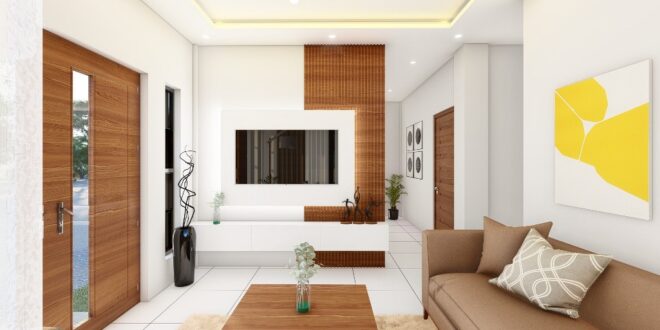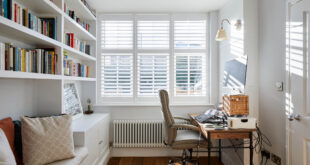Introduction: The Heart of Your Home
Interior design isn’t just about making a space look pretty; it’s about crafting an environment that reflects your personality, supports your lifestyle, and enhances your well-being. It’s about turning a house into a home. Whether you’re embarking on a full-scale renovation or simply looking to refresh a single room, understanding the fundamental principles of interior design is crucial.
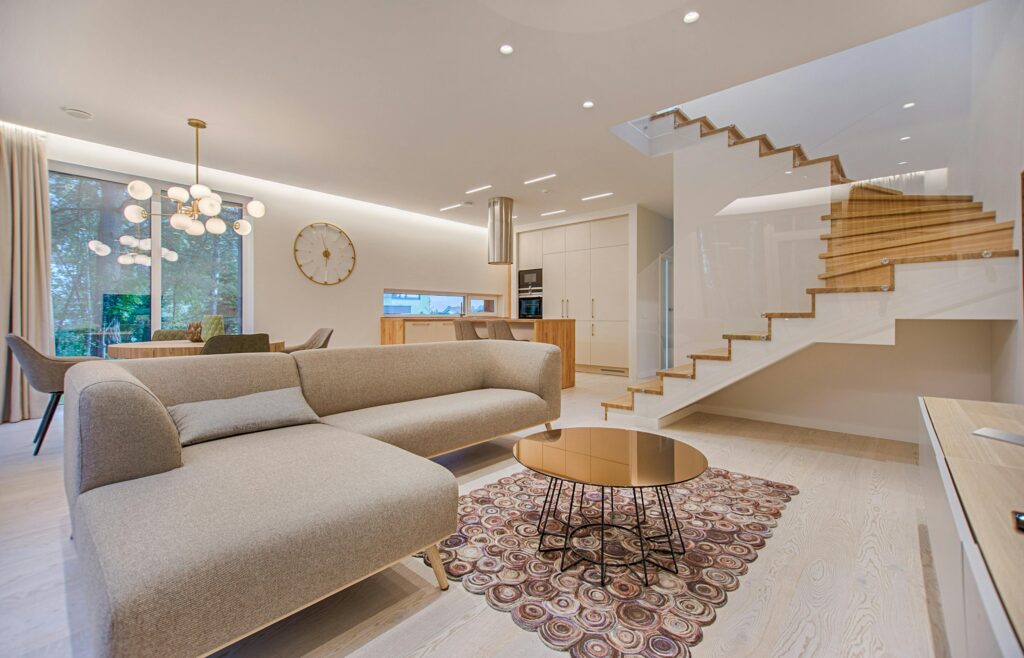
This comprehensive guide will walk you through every stage of the interior design process, from initial inspiration to the final flourish. We’ll explore different design styles, discuss the importance of space planning, delve into color theory, and provide practical tips for choosing furniture, lighting, and accessories. So, get ready to unleash your inner designer and transform your living space into a haven you’ll love.
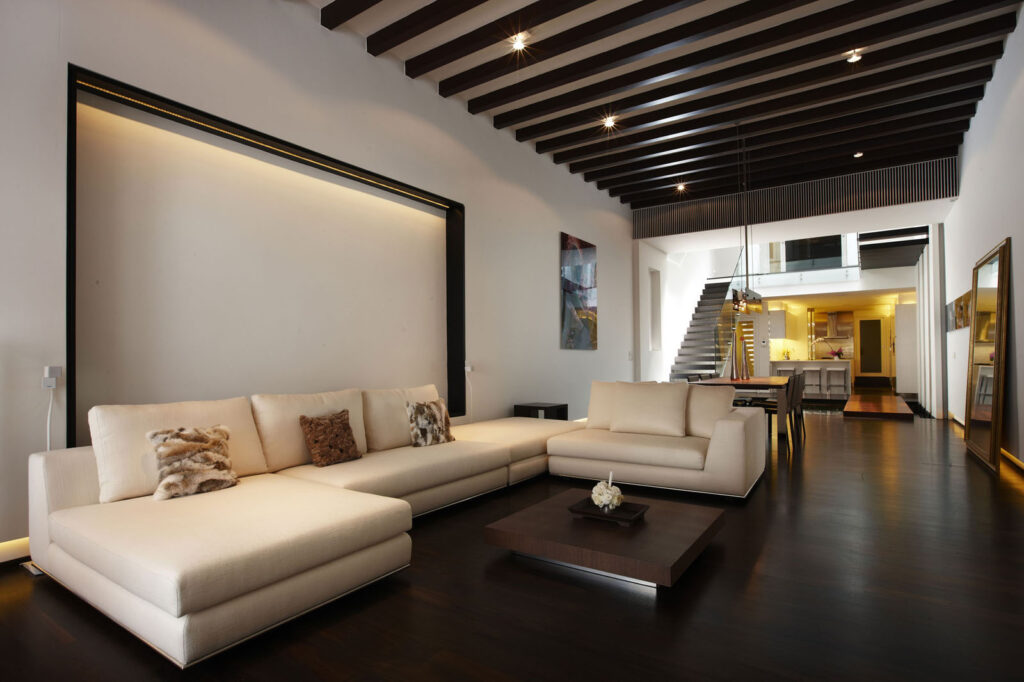
Understanding Your Personal Style
Before you start tearing down walls or ordering furniture, it’s essential to identify your personal style. This involves understanding what you like, what makes you feel comfortable, and what reflects your unique personality. Ask yourself some questions:
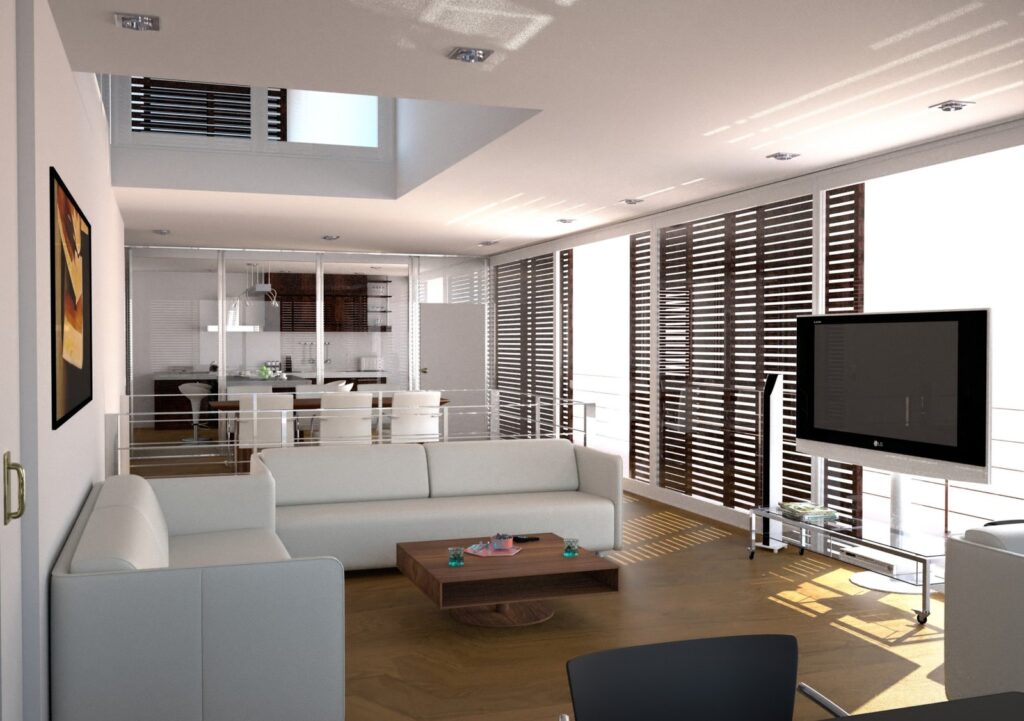
- What colors do you gravitate towards?
- What kind of artwork do you enjoy?
- What type of furniture appeals to you? (Modern, traditional, rustic, etc.)
- What kind of atmosphere do you want to create in your home? (Relaxing, energetic, sophisticated, cozy, etc.)
Consider creating a mood board. Collect images from magazines, websites, and social media platforms that inspire you. This visual representation of your style will serve as a valuable reference point throughout the design process. Exploring different interior design styles can also help you narrow down your preferences. Let’s take a look at some popular styles:
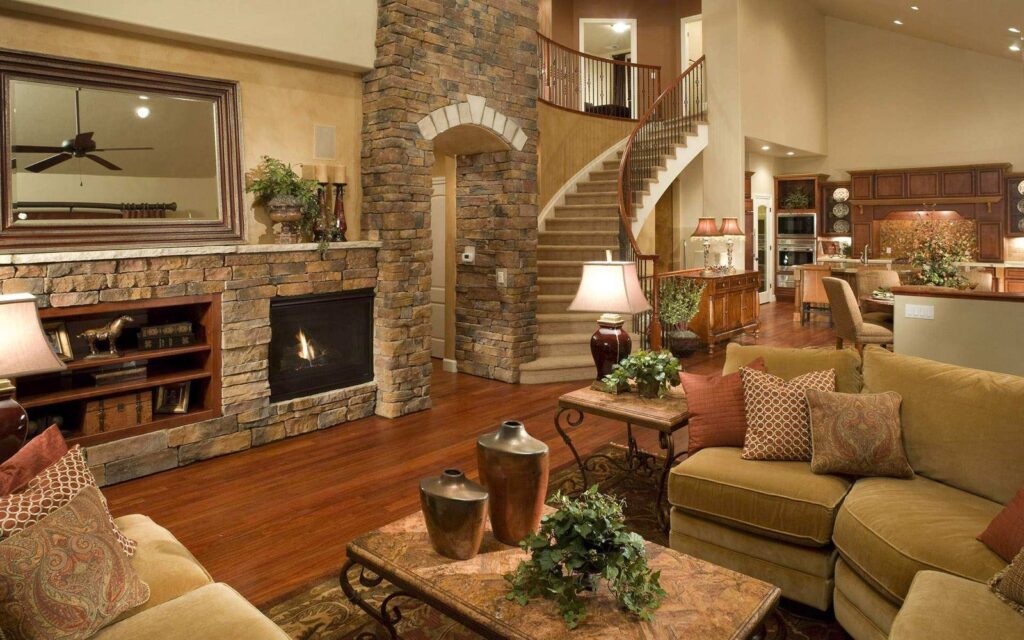
Popular Interior Design Styles
- Modern: Characterized by clean lines, minimalist aesthetics, neutral colors, and a focus on functionality. Modern design often incorporates natural materials like wood and metal.
- Contemporary: Similar to modern design, but more fluid and evolving. Contemporary design embraces current trends and often features bold colors, geometric shapes, and a mix of textures.
- Traditional: Inspired by classic European styles, traditional design emphasizes elegance, symmetry, and rich details. Expect to see ornate furniture, luxurious fabrics, and antique accents.
- Minimalist: Stripped down to the bare essentials, minimalist design prioritizes simplicity, functionality, and open space. Clutter is banished, and furniture is kept to a minimum.
- Bohemian: A free-spirited and eclectic style that embraces individuality and creativity. Bohemian design incorporates vibrant colors, global patterns, vintage finds, and lots of plants.
- Rustic: Inspired by nature and the outdoors, rustic design emphasizes natural materials like wood, stone, and leather. Expect to see exposed beams, rough textures, and warm, earthy tones.
- Industrial: Inspired by factories and warehouses, industrial design features exposed brick, concrete floors, metal accents, and reclaimed materials.
- Scandinavian: A minimalist and functional style that emphasizes natural light, neutral colors, and cozy textures. Scandinavian design is all about creating a warm and inviting atmosphere.
- Coastal/Nautical: Inspired by the sea and the beach, coastal design features light and airy colors, natural materials like linen and jute, and nautical accents like seashells and rope.
- Farmhouse: A cozy and inviting style that emphasizes natural materials, vintage finds, and a sense of warmth and hospitality.
Don’t feel limited to just one style! Many people blend different styles to create a unique and personalized look. The key is to find a balance that reflects your individual taste and creates a cohesive and harmonious space.
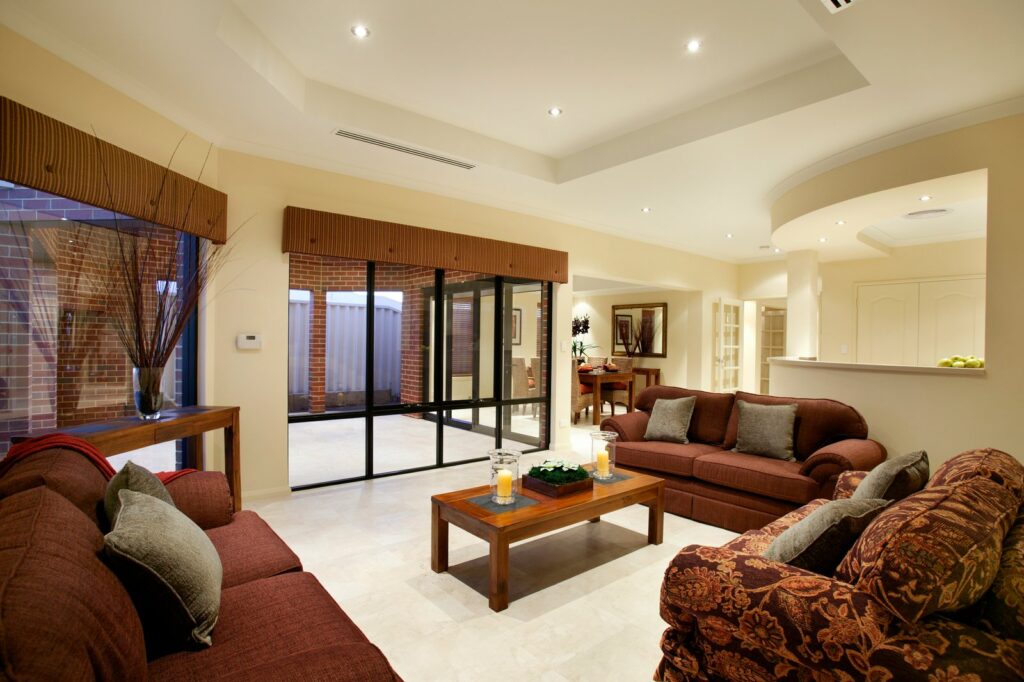
Space Planning: The Foundation of Good Design
Space planning is the art of arranging furniture and accessories within a room to maximize functionality and create a comfortable and visually appealing environment. It’s about understanding how people will use the space and optimizing the layout to meet their needs.
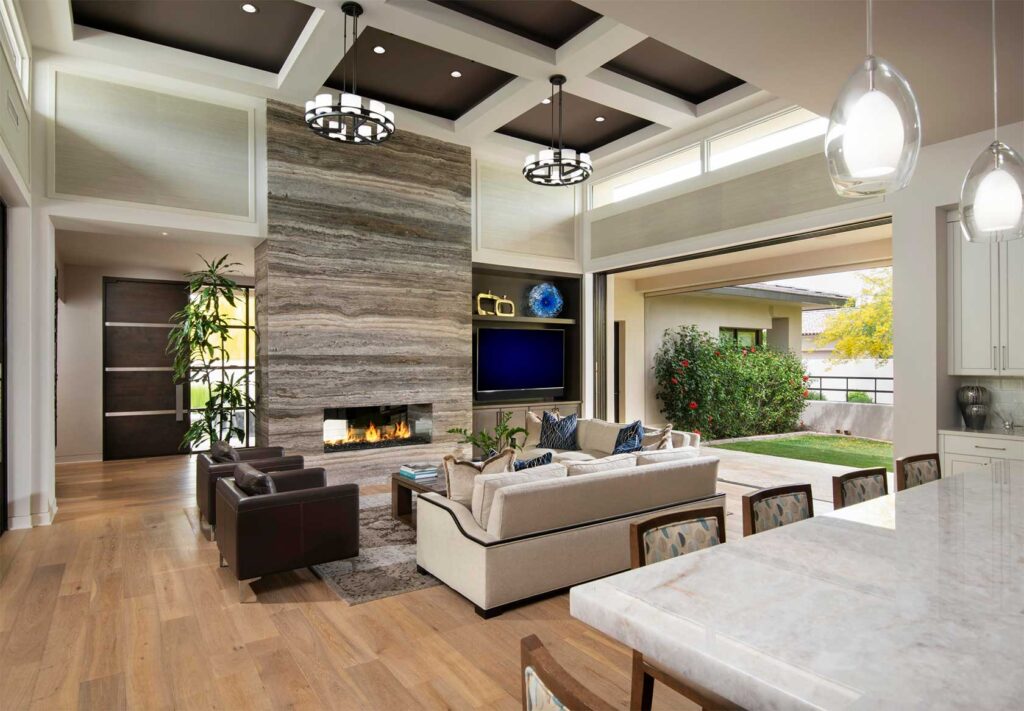
Key Considerations for Space Planning
- Functionality: How will the space be used? What activities will take place in the room? Consider the flow of traffic and ensure that furniture is arranged in a way that facilitates movement.
- Focal Point: Every room should have a focal point – a feature that draws the eye and creates a sense of balance. This could be a fireplace, a large window, a piece of artwork, or a statement furniture piece.
- Scale and Proportion: Choose furniture that is appropriately sized for the room. Avoid overcrowding small spaces with large pieces of furniture, and don’t let small pieces get lost in large rooms.
- Balance: Create a sense of visual balance by distributing furniture and accessories evenly throughout the room. You can achieve balance through symmetry (mirroring furniture on either side of a focal point) or asymmetry (using different sized objects to create a balanced composition).
- Traffic Flow: Consider how people will move through the room and ensure that there are clear pathways. Avoid placing furniture in areas that will obstruct traffic flow.
Tips for Effective Space Planning
- Measure the Room: Before you start moving furniture, measure the room and create a floor plan. This will help you visualize the space and plan the layout more effectively.
- Use Graph Paper or Online Tools: Use graph paper or online space planning tools to create a scaled drawing of the room. Experiment with different furniture arrangements before you start moving things around.
- Consider the View: Take advantage of natural light and views. Position furniture to maximize exposure to natural light and to frame desirable views.
- Create Zones: In larger rooms, consider creating distinct zones for different activities. For example, in a living room, you might create a conversation zone, a reading zone, and a media zone.
- Leave Room to Breathe: Don’t overcrowd the space. Leave enough open space to allow people to move around comfortably.
Color Theory: Painting Your World
Color is a powerful tool that can evoke emotions, create ambiance, and transform the look and feel of a space. Understanding the principles of color theory is essential for creating a harmonious and visually appealing interior.
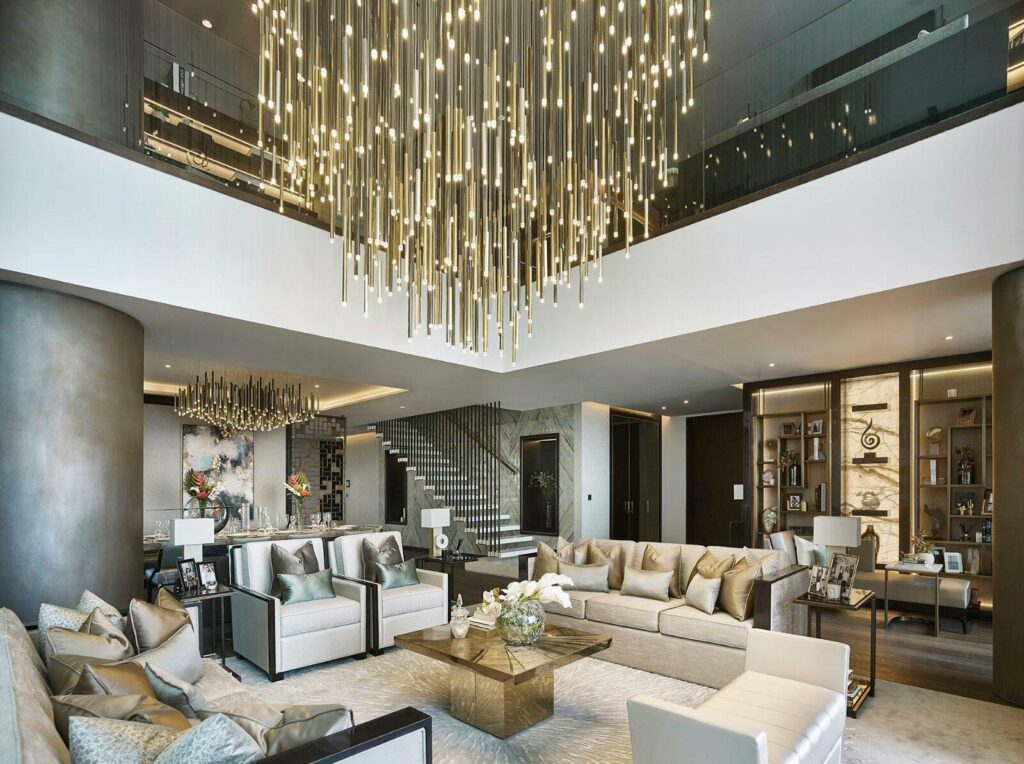
The Color Wheel
The color wheel is a visual representation of the relationships between colors. It consists of three primary colors (red, yellow, and blue), three secondary colors (green, orange, and violet), and six tertiary colors (created by mixing a primary and a secondary color).
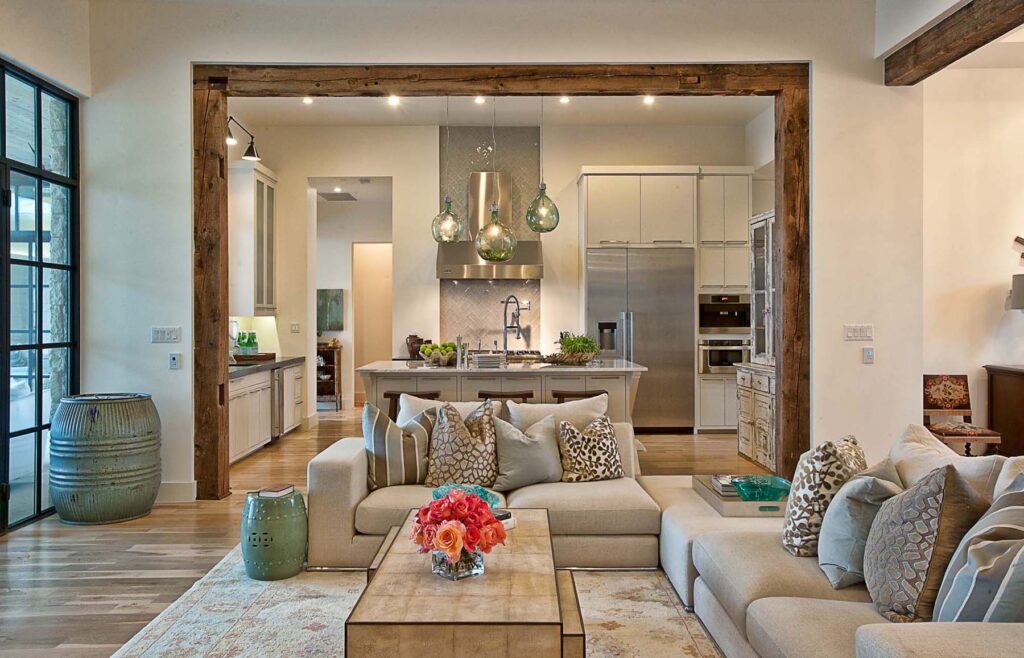
Color Harmonies
Color harmonies are combinations of colors that are pleasing to the eye. Some common color harmonies include:
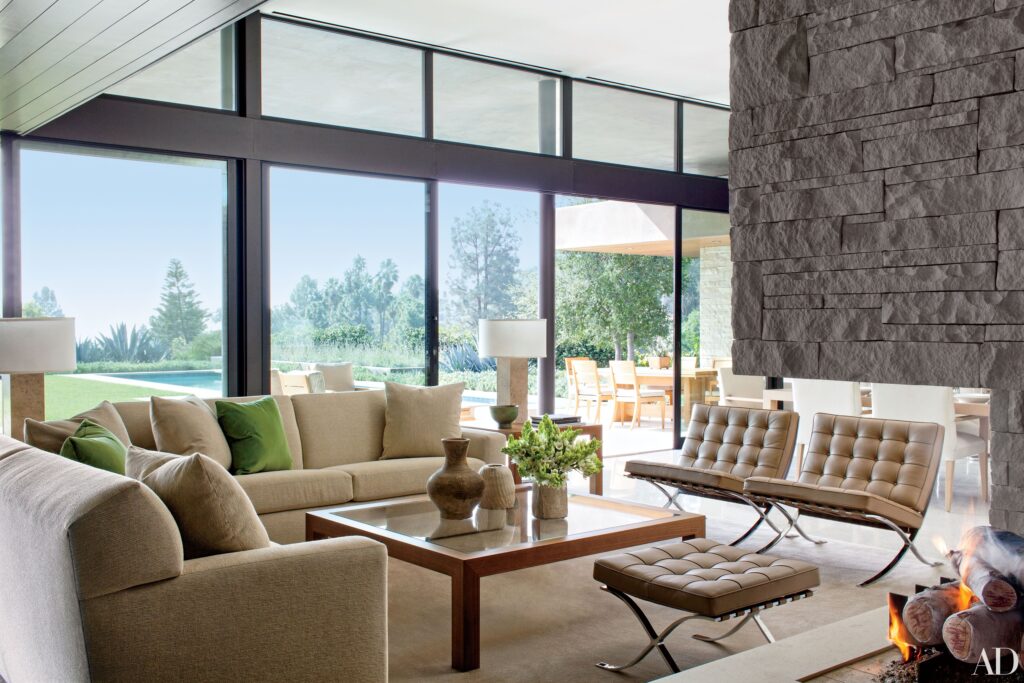
- Monochromatic: Using different shades and tints of a single color.
- Analogous: Using colors that are next to each other on the color wheel.
- Complementary: Using colors that are opposite each other on the color wheel.
- Triadic: Using three colors that are equally spaced on the color wheel.
- Tetradic: Using four colors that form two complementary pairs on the color wheel.
The Psychology of Color
Different colors evoke different emotions and associations. Here are some common color associations:
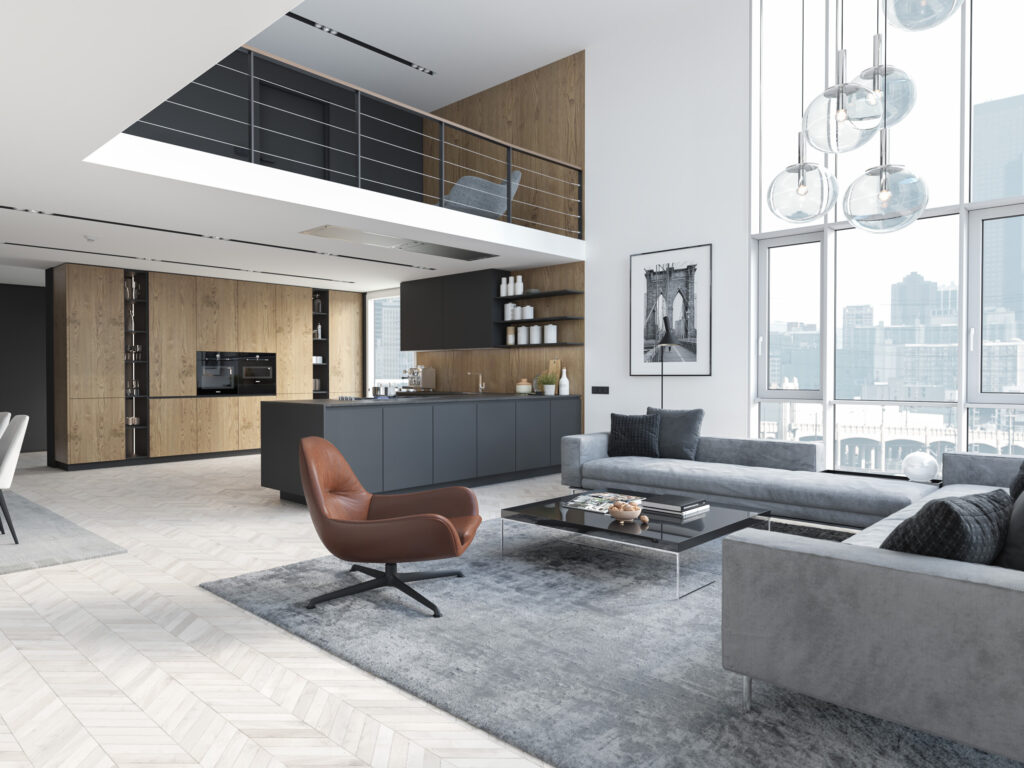
- Red: Energy, passion, excitement.
- Orange: Enthusiasm, creativity, warmth.
- Yellow: Happiness, optimism, energy.
- Green: Nature, tranquility, growth.
- Blue: Calmness, serenity, stability.
- Violet: Luxury, sophistication, creativity.
- White: Purity, cleanliness, simplicity.
- Black: Sophistication, power, elegance.
Tips for Choosing Colors
- Consider the Mood: Think about the mood you want to create in the space. Do you want it to be relaxing and calming, or energetic and stimulating?
- Consider the Light: Natural light can affect how colors appear. Test paint colors in different lighting conditions before making a final decision.
- Start with Neutrals: Use neutral colors for walls and large furniture pieces, and then add pops of color with accessories and accents.
- Use the 60-30-10 Rule: A helpful guideline is to use 60% of the room’s color palette for the dominant color (usually the walls), 30% for the secondary color (furniture and rugs), and 10% for the accent color (accessories and artwork).
- Don’t Be Afraid to Experiment: Color is a personal choice. Don’t be afraid to experiment with different colors and combinations until you find something that you love.
Furniture Selection: Comfort and Style
Furniture is an essential element of interior design, providing both comfort and style. Choosing the right furniture is crucial for creating a functional and visually appealing space.
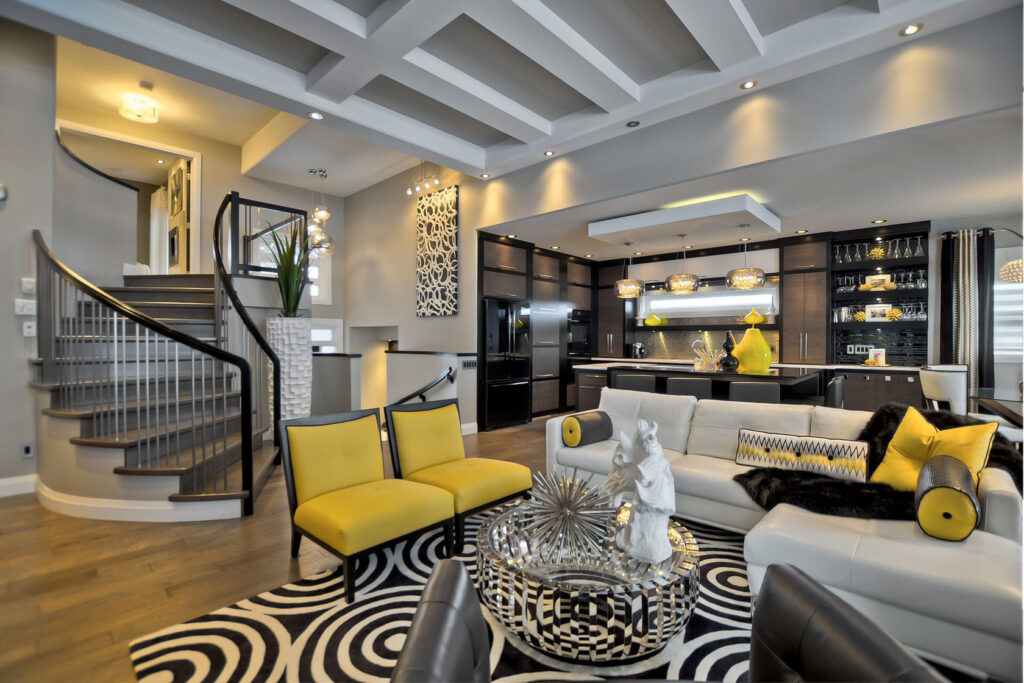
Key Considerations for Furniture Selection
- Function: What purpose will the furniture serve? Consider the activities that will take place in the room and choose furniture that supports those activities.
- Style: Choose furniture that complements your overall design style. Consider the materials, colors, and shapes of the furniture.
- Size and Scale: Choose furniture that is appropriately sized for the room. Avoid overcrowding small spaces with large pieces of furniture, and don’t let small pieces get lost in large rooms.
- Comfort: Choose furniture that is comfortable to use. Consider the ergonomics of the furniture and ensure that it provides adequate support.
- Durability: Choose furniture that is durable and will withstand daily use. Consider the quality of the materials and construction.
Tips for Choosing Furniture
- Start with the Essentials: Begin by choosing the essential furniture pieces, such as a sofa, a bed, a dining table, and chairs.
- Consider Storage: Choose furniture that provides adequate storage space. This will help you keep the room organized and clutter-free.
- Mix and Match: Don’t be afraid to mix and match different styles of furniture. This can create a more eclectic and personalized look.
- Shop Around: Compare prices and quality at different stores before making a purchase.
- Read Reviews: Read online reviews to get feedback from other customers.
Lighting: Setting the Mood
Lighting is a crucial element of interior design that can significantly impact the mood and ambiance of a space. Good lighting can enhance the beauty of a room, highlight architectural features, and create a warm and inviting atmosphere.
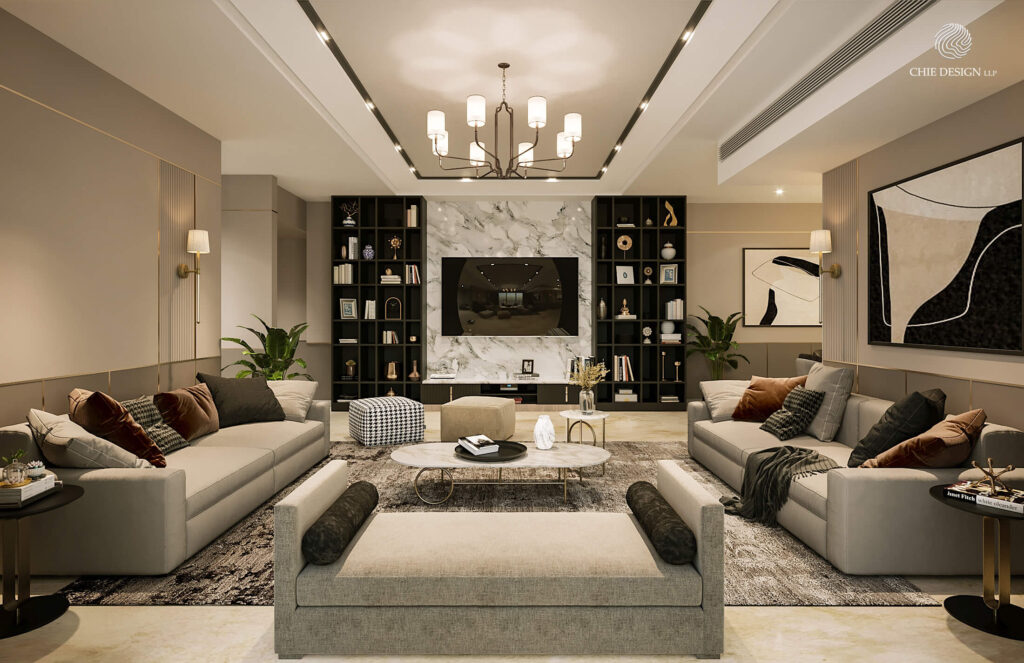
Types of Lighting
- Ambient Lighting: Provides overall illumination for the room. This is often achieved with ceiling fixtures, recessed lighting, or chandeliers.
- Task Lighting: Provides focused light for specific tasks, such as reading, cooking, or working. This is often achieved with desk lamps, under-cabinet lighting, or pendant lights.
- Accent Lighting: Highlights specific objects or areas, such as artwork, architectural features, or plants. This is often achieved with spotlights, track lighting, or wall sconces.
Key Considerations for Lighting
- Function: Consider the activities that will take place in the room and choose lighting that supports those activities.
- Ambiance: Think about the mood you want to create in the space. Do you want it to be bright and cheerful, or warm and intimate?
- Color Temperature: Choose light bulbs with the appropriate color temperature. Warm light (2700-3000K) creates a cozy and inviting atmosphere, while cool light (4000-5000K) provides brighter and more energizing illumination.
- Layering: Use a combination of different types of lighting to create a well-balanced and visually appealing lighting scheme.
- Energy Efficiency: Choose energy-efficient light bulbs, such as LED bulbs, to save money on your energy bill.
Tips for Lighting Your Home
- Start with Ambient Lighting: Begin by providing adequate ambient lighting for the room.
- Add Task Lighting: Supplement the ambient lighting with task lighting in areas where specific tasks will be performed.
- Use Accent Lighting to Highlight Features: Use accent lighting to highlight architectural features, artwork, or other objects of interest.
- Use Dimmers: Install dimmers to control the intensity of the light and create different moods.
- Consider Natural Light: Take advantage of natural light whenever possible. Use sheer curtains or blinds to filter the light and prevent glare.
Accessories: Adding the Finishing Touches
Accessories are the finishing touches that add personality and style to a room. They can include artwork, rugs, pillows, throws, plants, and decorative objects. Choosing the right accessories can elevate the look of a space and make it feel more personal and inviting.
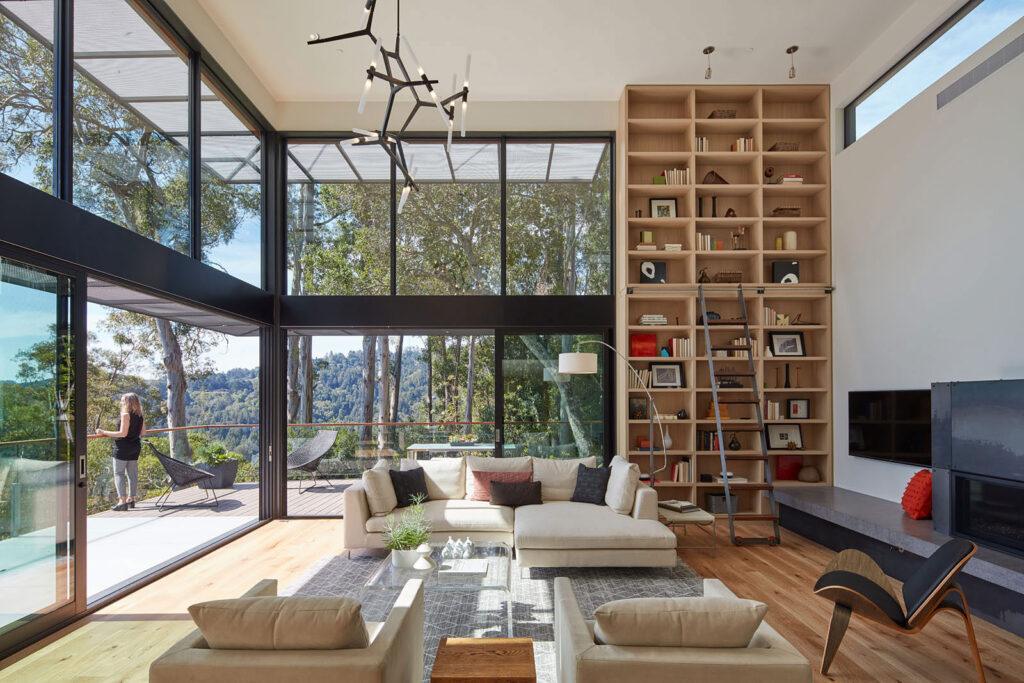
Key Considerations for Accessories
- Style: Choose accessories that complement your overall design style.
- Color: Use accessories to add pops of color and create visual interest.
- Texture: Incorporate accessories with different textures to add depth and dimension to the space.
- Scale: Choose accessories that are appropriately sized for the room.
- Personalization: Choose accessories that reflect your personal interests and experiences.
Tips for Choosing Accessories
- Start with a Few Key Pieces: Don’t try to fill the room with accessories all at once. Start with a few key pieces that you love and build from there.
- Create a Focal Point: Use accessories to create a focal point in the room. This could be a large piece of artwork, a collection of decorative objects, or a striking rug.
- Group Objects in Odd Numbers: Grouping objects in odd numbers (e.g., three, five, or seven) is often more visually appealing than grouping them in even numbers.
- Consider the Scale of the Accessories: Make sure the accessories are appropriately sized for the room. Large rooms can handle larger accessories, while smaller rooms require smaller accessories.
- Don’t Be Afraid to Edit: Less is often more. Don’t be afraid to edit your accessories and remove anything that doesn’t add value to the space.
Sustainable Interior Design: Eco-Friendly Choices
Sustainable interior design is about creating beautiful and functional spaces while minimizing the environmental impact. This involves choosing eco-friendly materials, reducing waste, and promoting energy efficiency.
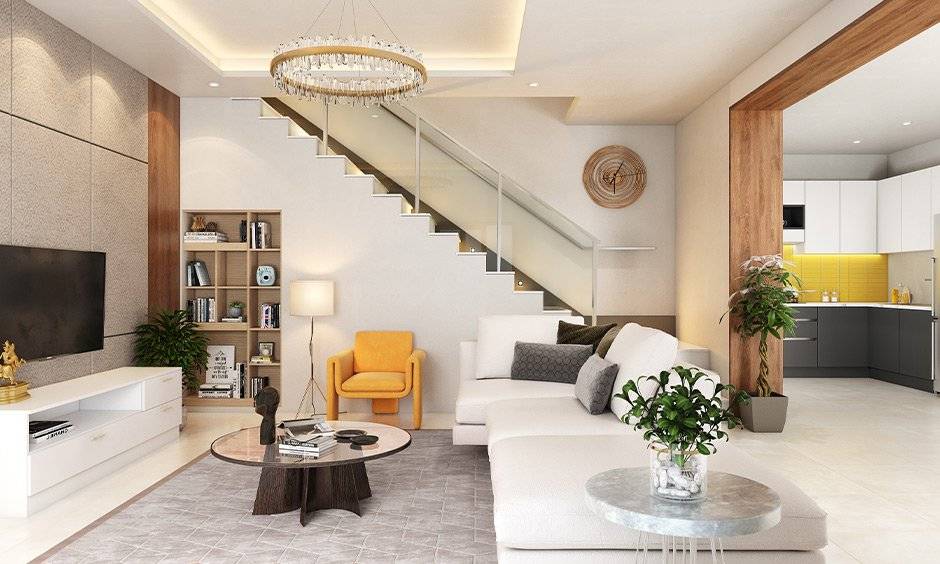
Key Principles of Sustainable Interior Design
- Use Sustainable Materials: Choose materials that are renewable, recycled, or reclaimed. Examples include bamboo flooring, recycled glass countertops, and reclaimed wood furniture.
- Reduce Waste: Minimize waste by choosing durable and long-lasting products, and by repurposing or recycling items whenever possible.
- Promote Energy Efficiency: Choose energy-efficient appliances and lighting fixtures. Insulate your home to reduce energy consumption.
- Improve Indoor Air Quality: Choose low-VOC (volatile organic compound) paints, flooring, and furniture. Use air purifiers to remove pollutants from the air.
- Support Local Businesses: Purchase products from local businesses to reduce transportation costs and support the local economy.
Tips for Creating a Sustainable Home
- Choose Eco-Friendly Flooring: Consider bamboo, cork, or recycled glass flooring.
- Use Low-VOC Paints: Choose paints that are low in volatile organic compounds (VOCs) to improve indoor air quality.
- Buy Reclaimed Furniture: Give old furniture a new life by buying reclaimed pieces.
- Use Energy-Efficient Lighting: Switch to LED bulbs to save energy.
- Decorate with Plants: Plants can help improve indoor air quality and add a touch of nature to your home.
The Importance of Professional Help
While many people enjoy tackling interior design projects themselves, there are times when it’s beneficial to seek professional help. An interior designer can provide expert guidance, save you time and money, and help you create a space that truly reflects your vision.
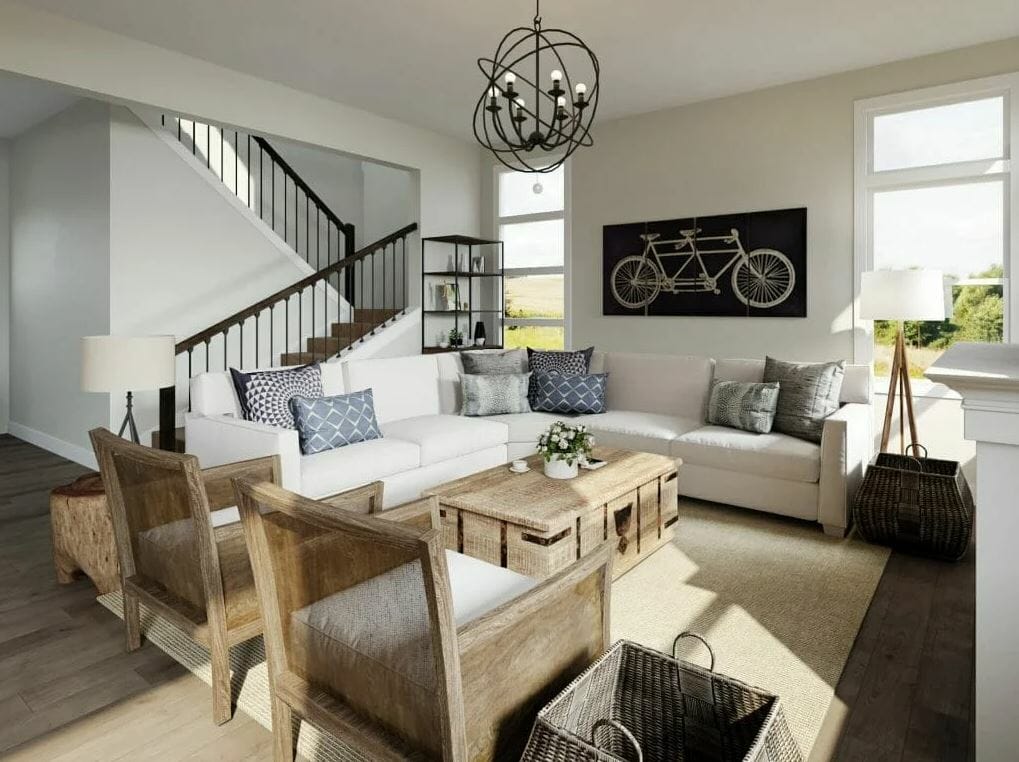
Benefits of Hiring an Interior Designer
- Expertise: Interior designers have the knowledge and experience to create beautiful and functional spaces.
- Time Savings: An interior designer can handle all aspects of the design process, from space planning to furniture selection, saving you valuable time.
- Cost Savings: An interior designer can help you avoid costly mistakes and make smart choices that will save you money in the long run.
- Access to Resources: Interior designers have access to a wide range of resources, including furniture vendors, fabric suppliers, and contractors.
- Personalized Design: An interior designer can create a space that is tailored to your specific needs and preferences.
When to Hire an Interior Designer
- For Large-Scale Renovations: If you’re planning a major renovation, an interior designer can help you create a cohesive and functional design.
- When You’re Overwhelmed: If you’re feeling overwhelmed by the design process, an interior designer can provide guidance and support.
- When You’re on a Budget: An interior designer can help you create a beautiful space without breaking the bank.
- When You Want a Professional Look: If you want your home to have a polished and professional look, an interior designer can help you achieve that.
Conclusion: Creating Your Dream Home
Interior design is a journey of self-discovery and creative expression. By understanding the fundamental principles of design, exploring different styles, and incorporating your personal taste, you can create a home that is both beautiful and functional.
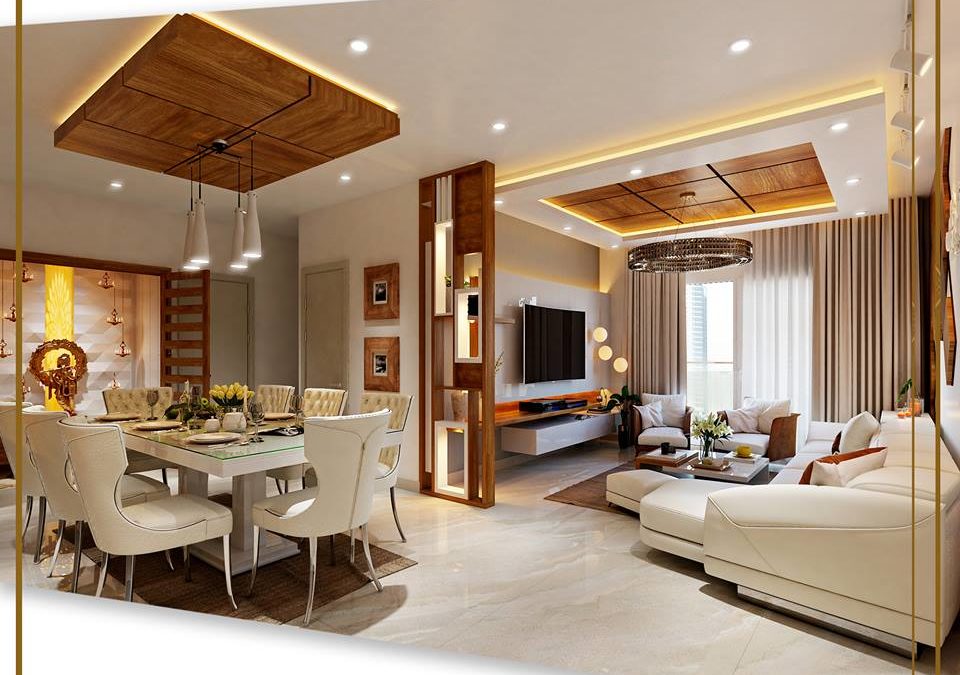
Remember that the most important thing is to create a space that you love. Don’t be afraid to experiment, break the rules, and let your personality shine through. With a little planning and effort, you can transform your house into a home that reflects your unique style and enhances your well-being. So, embrace the creative process, unleash your inner designer, and create the home of your dreams!
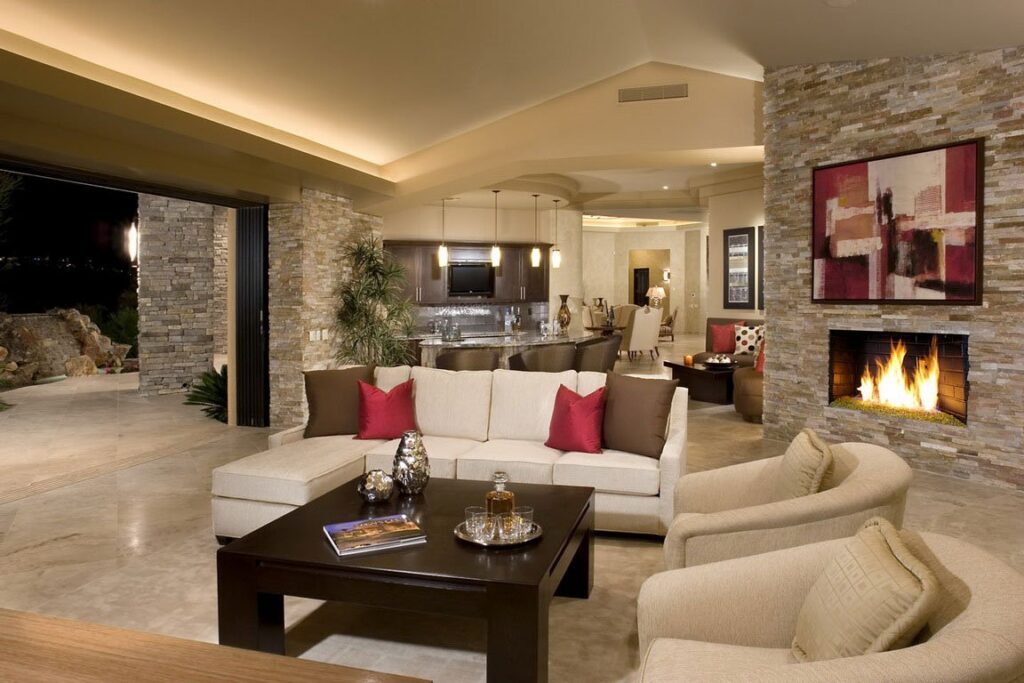
 Nimila
Nimila
